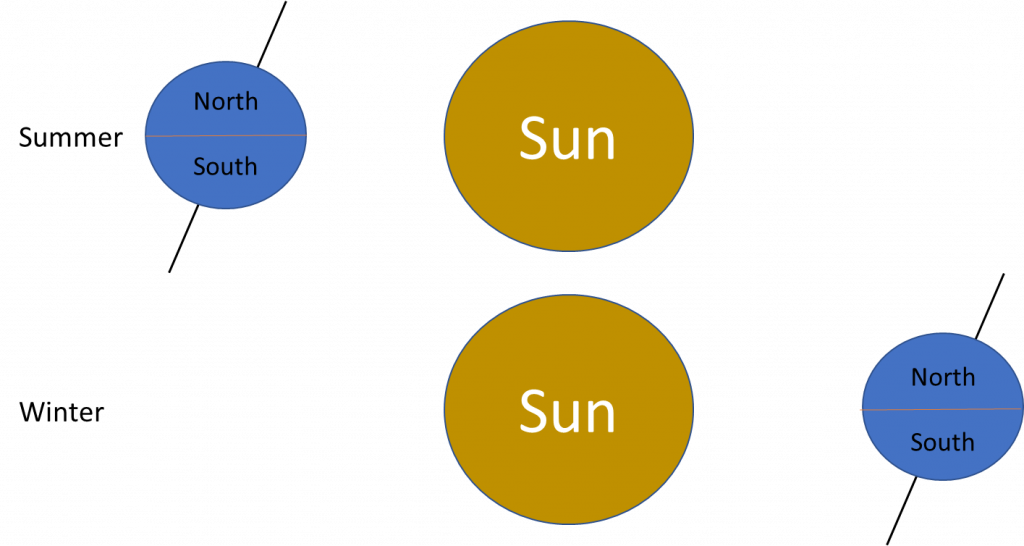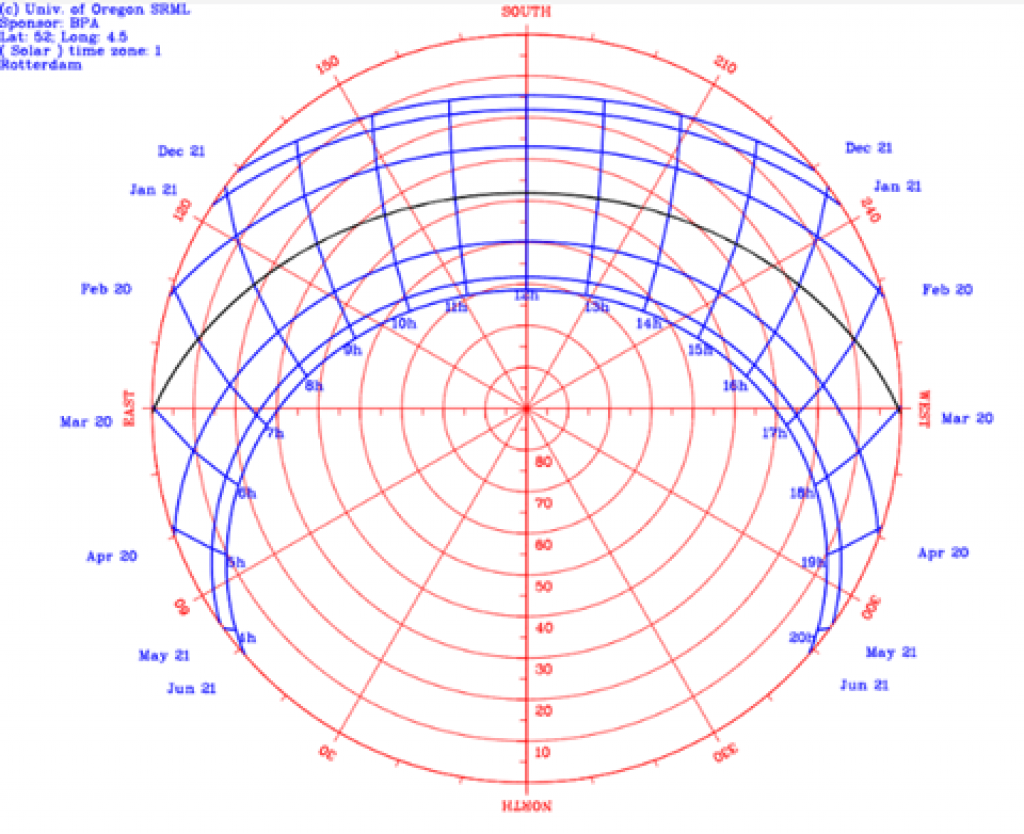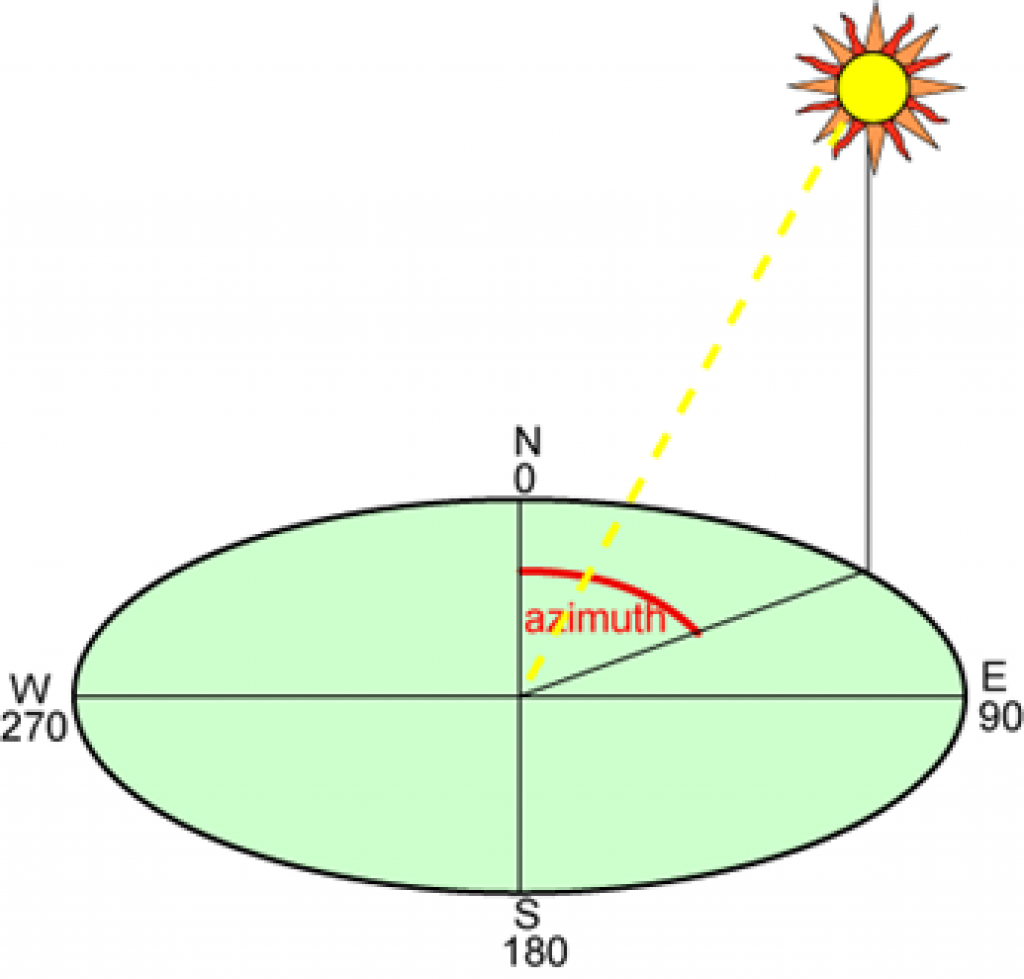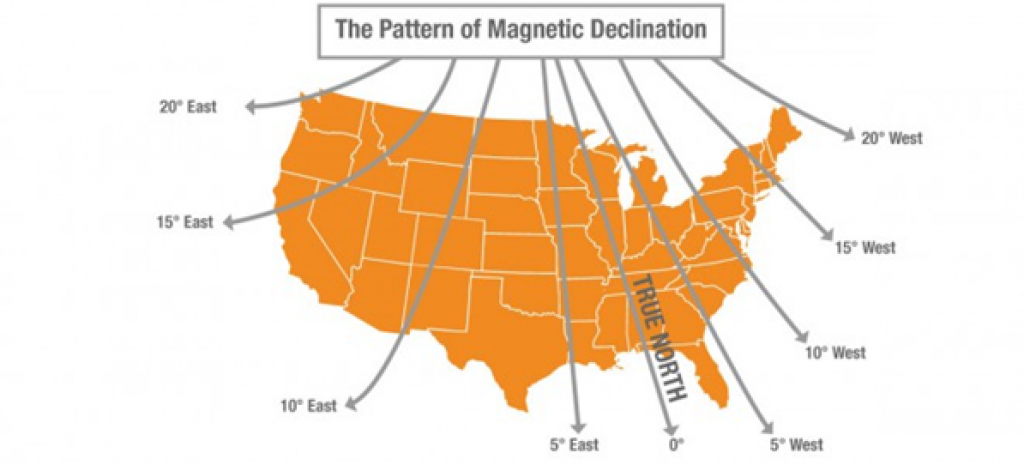Are you looking to install solar panels on your property? Then determining the most optimal direction for your solar panel array is an absolute must! Doing so will help maximize your solar electricity production.
The best solar panels only convert about 22% of solar energy into electricity — this is why solar energy is all about optimization.
Keep reading to discover the simplest way to maximize your solar panels’ output by installing them with the correct orientation.
We’ll demonstrate why panel direction matters and discuss the most suitable orientation for your solar panels, depending on your location.
Table of Contents
Why Does Solar Panel Direction Matter?
Installing your solar panel array in the right direction allows the system to maximize its energy production potential.
As you may know, solar panels convert sunlight into electricity. The more sunlight they receive, the more electrical power they produce.
Solar power is called irradiance; this is the power in watts (W) received from the Sun per square meter (m2). It is expressed as W/m2.
Let’s see how the Sun’s position varies throughout the day and year and how it affects irradiance.
Motion Of The Sun
It may seem as though the Sun is moving, but it is, in fact, the Earth rotating around its axis, creating this effect. The Earth is tilted slightly on its axis (23.5°); this causes variations in the amount of daylight received throughout the year.
From June to September, the Northern Hemisphere is tilted toward the Sun and receives more solar energy (as pictured below). In contrast, the Southern Hemisphere has shorter days because it’s tilted away from the Sun.
The opposite happens during the winter months (December to March).

The equator has the lowest irradiance variations with 12-hour days and 12-hour nights all year round.
Sun Path
The Earth rotates counterclockwise, from west to east; this is why the Sun rises in the east and sets in the west in the Northern Hemisphere.
In the Northern Hemisphere (pictured below), the Sun’s path is oriented mainly toward the south (Blue lines, data for Rotterdam, NL). This is due to the Earth’s tilting angle.

Source: Polar sun path chart program, University of Oregon, GPL
Consequently, a solar panel facing north in Rotterdam would receive far less sunlight and produce less electricity than a solar panel oriented south.
Now that you’ve seen how the Earth’s tilting angle affects solar irradiance, let’s establish the best direction for a solar panel to maximize solar PV production.
What Direction Should Your Solar Panels Face?
The direction of a solar panel is called the azimuth. As pictured below, it is an angle that measures the East-West position of a solar panel.

Source: PVeducation
Below, you’ll find the solar panel orientation for various Azimuth angle values:
| Azimuth Angle (°) | Orientation |
|---|---|
| 0 | North |
| 180 | South |
| 90 | East |
| 270 (-90) | West |
You’ll obtain the highest solar production levels when your solar panels are facing the equator line.
Now let’s look at Northern and Southern Hemisphere scenarios.
Best Direction To Face In The Northern Hemisphere
In the Northern Hemisphere, the best direction for a solar panel to face for maximum efficiency is south.
This is equivalent to an azimuth angle of 180°.
Best Direction To Face In The Southern Hemisphere
In the Southern Hemisphere, the best direction for a solar panel to face for maximum efficiency is north.
This is equivalent to an azimuth angle of 0°.
How To Find True North True South For Best Direction?
Due to the Earth’s magnetic fields, our compasses are not 100% accurate. The position of magnetic south and north varies over time. We observe differences of up to 20° between true and magnetic south. These differences are called magnetic declination.
To find the magnetic declination at your location, look at this website.

Source: sierra.com
Now, check the chart below; it’ll help you adjust your solar panel position and compensate for the magnetic declination.
| Magnetic Declination East (+) | Magnetic Declination West (-) | |
|---|---|---|
| In the Northern Hemisphere | Rotate your panels east | Rotate your panels west |
| In the Southern Hemisphere | Rotate your panels west | Rotate your panels east |
Let’s illustrate with two examples:
Finding True South In San Diego, California
San Diego is located in the Northern Hemisphere; the magnetic declination is 11° east.
Get your compass, and look for magnetic south. From this direction, rotate your panel 11° toward the east. Your panels are now facing south to reach maximal efficiency.
Find True South In New York City
New York City is located in the Northern Hemisphere; the magnetic declination is 12° west. From magnetic south on your compass, rotate your panels 12° west; they now face true south.
Can I Install Solar Panels If I Don’t Have A South-Facing Roof?
Solar panels still produce electricity even if they aren’t facing South. As such, the lack of a south-facing roof should not stop you from installing solar panels.
In the Northern Hemisphere:
- Solar panels oriented east produce more before noon time.
- Solar panels oriented west produce more after noon time.
Multiple technical studies show that a minor deviation from true south (toward west or east) results in minor efficiency loss overall.
For example, in California, if your solar panels have a southwest orientation, the loss is only 5% compared to a true south orientation.
Having them totally facing west will result in a 17% loss.
In some cases, it could even be a good idea to face your solar panels west. For instance, if you’re using TOU (Time of Use) rates, electricity tends to be more expensive in the afternoon; therefore, it makes sense to orient the panels west to produce more in the afternoon.
Final Thoughts
Our Sun is a natural energy source; its power varies throughout the day and the year. Therefore, finding the right direction for your solar panel is a must to maximize its production.
We have demonstrated that facing south in the Northern Hemisphere and facing north in the Southern Hemisphere gives the best results for solar production.
Be sure to determine true south or north by compensating for magnetic declination.
Finally, although your solar panels should never face north (in the Northern Hemisphere), you can orient them west or east without significant loss.
The direction of a solar panel is not the only parameter you can adjust for maximum efficiency; your panel’s tilt angle is also an incredibly influential factor. We will review this in an upcoming article.
Stay tuned!

